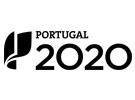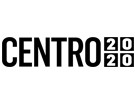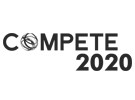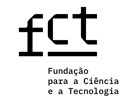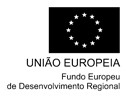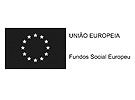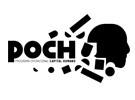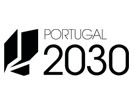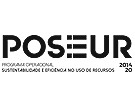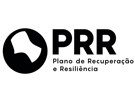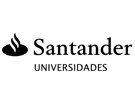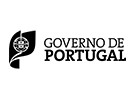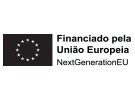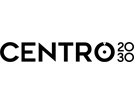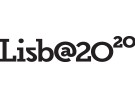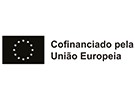



Publication in the Diário da República: Despacho n.º 7822/2020 - 07/08/2020
4 ECTS; 1º Ano, 1º Semestre, 28,0 T + 28,0 TP + 14,0 OT , Cód. 82072.
Lecturer
- Carla Sofia Catarino Silva (1)
- Manuela Sofia da Conceição Silva (2)
(1) Docente Responsável
(2) Docente que lecciona
Prerequisites
Objectives
By the end of the semester, students should be able to:
- Understand the Portuguese language as a tool to access forms of behavioural models and world views;
- Recognize Portuguese as cultural heritage shared by all Portuguese speaking countries; and
- Master the grammar and discursive skills that will allow them to understand, interpret and produce formal texts (oral and written).
Program
C1 History, change and geographical varieties of Portuguese;
1.1. Contact languages, variation and change;
1.2. Varieties of Portuguese;
1.3. Portuguese dialects (continental and Island dialects);
1.4. Portuguese-based creole languages: Indian-Portuguese (Diu, Daman and Goa [the existence of this last one is not consensual]), Malay-Portuguese (Malacca, Singapore and East Timor), Sino-Portuguese (Macao and Hong Kong) and Afro-Portuguese (Cape Verde, Guinea Bissau and São Tomé and Príncipe);
C2 Literature legacy: texts and genres;
2.1. Text specificities: narrative, poetic and drama;
2.2. Origins of texts;
C3 Portuguese literature (20th and 21st centuries), Brazilian (19th, 20th and 21th centuries) and African (in Portuguese) (20th and 21st centuries);
3.1. Literary movements (Modernism(s); Surrealism; Poetry 61/Concrete poetry/Experimental poetry; Neo-realism; Post-modernism);
3.2. Portuguese Literature: Portuguese authors and texts;
3.3. Brazilian Literature: Brazilian authors and texts;
3.4. African Literature: African authors and texts;
3.5. Literary Tourism: literary places and memory;
C4 The linguistic system and its sub-systems;
4.1. The sub systems phonetic, phonologic, morphologic, syntactic and semantic;
4.2. The Portuguese lexicon;
4.3. The linguistic sign;
C5 Prosody and Orthoepy;
C6 Communication systems;
6.1. Parties involved;
6.2. Noise and interference to bear in mind during the communication process.
Evaluation Methodology
Continuous Assessment:
-activities (reading aloud, text analysis, presentations, etc.) throughout the semester (15%).
- Presentation and oral discussion of a paper (15%)
- Written Test: minimum grade of 8 points (70%).
Periodical Assessment and Final Evaluation:
-written test (100%).
Bibliography
- BALIBAR, E. (1979). Literatura, significação e Ideologia. (Vol. 1). Lisboa: Arcádia
- BOSI, A. (2008). História concisa da literatura brasileira. (Vol. 1). São Paulo: Cultrix
- Genette, G. (1995). Discurso da narrativa. (Vol. 1). Lisboa: Vega
- LARANJEIRA, P. e SANTOS, E. (1995). Literaturas africanas de expressão portuguesa. (Vol. 1). Lisboa: Universidade Aberta
Teaching Method
- Activities (reading aloud, text analysis, presentations, etc.) throughout the semester.
- written test.
Software used in class
Not applicable
